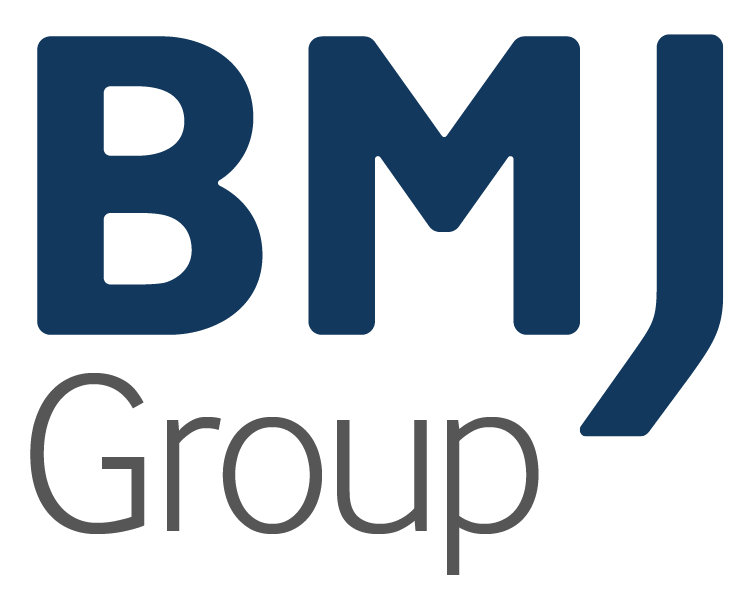Breakthrough improvements in clinical practice
PART ONE: Time-series designs and counterfactuals: unravelling what works to improve C-section delivery in Bihar, India
While many efforts are underway to curtail the excessive and un-indicated use of C-section in emerging and high-income economies, this case study presents evidence of an interventional success addressing the difficult task of increasing access and quality of C-section for women in limited resource settings. This project in Bihar, India sought to increase Caesarean Section (C-section) delivery in District hospitals in India to >10% (WHO recommendation). We used a time series approach, creating an enabling environment with a QI collaborative and then observing the impact of adding skilled resources. We were able to compare the impact of these interventions with hospitals that had not received the intervention.This initiative demonstrated that a context-sensitive collaborative approach for Quality Improvement (QI) is an effective method to increase in C-sections in poor economies. Translation of this implementation research into policy and safe practice requires close collaboration with local government.
By the end of this session, participants will be able to:
- Understand the application of QI methods in a resource constrained environment
- Appreciate how Shewhart chart analysis can be used to detect changes in performance in relation to the timing of interventions
- Appreciate the use and importance of counterfactuals in confirming a cause and effect relationship between action and impact
PART TWO: Improving the efficiency of PrEP (Pre-exposure prophylaxis for HIV) consultations
An insightful session on our MDT lead and service user involved quality improvement project to improve the efficiency of PrEP consultations. Using innovative ideas to drive meaningful change with proven outcomes and positive feedback from service users and clinicians. Reflecting on the challenges of delivering change and ensuring sustainability. This projects success has delivered both proven service user benefit and financial savings for the service.
By the end of this session, participants will be able to:
- Explore successes and failures from a real-world case study of healthcare service improvement with service user involvement
- Learn from challenges when implementing system change with sustainable outcomes
- Take away practical change ideas to implement in other healthcare settings






